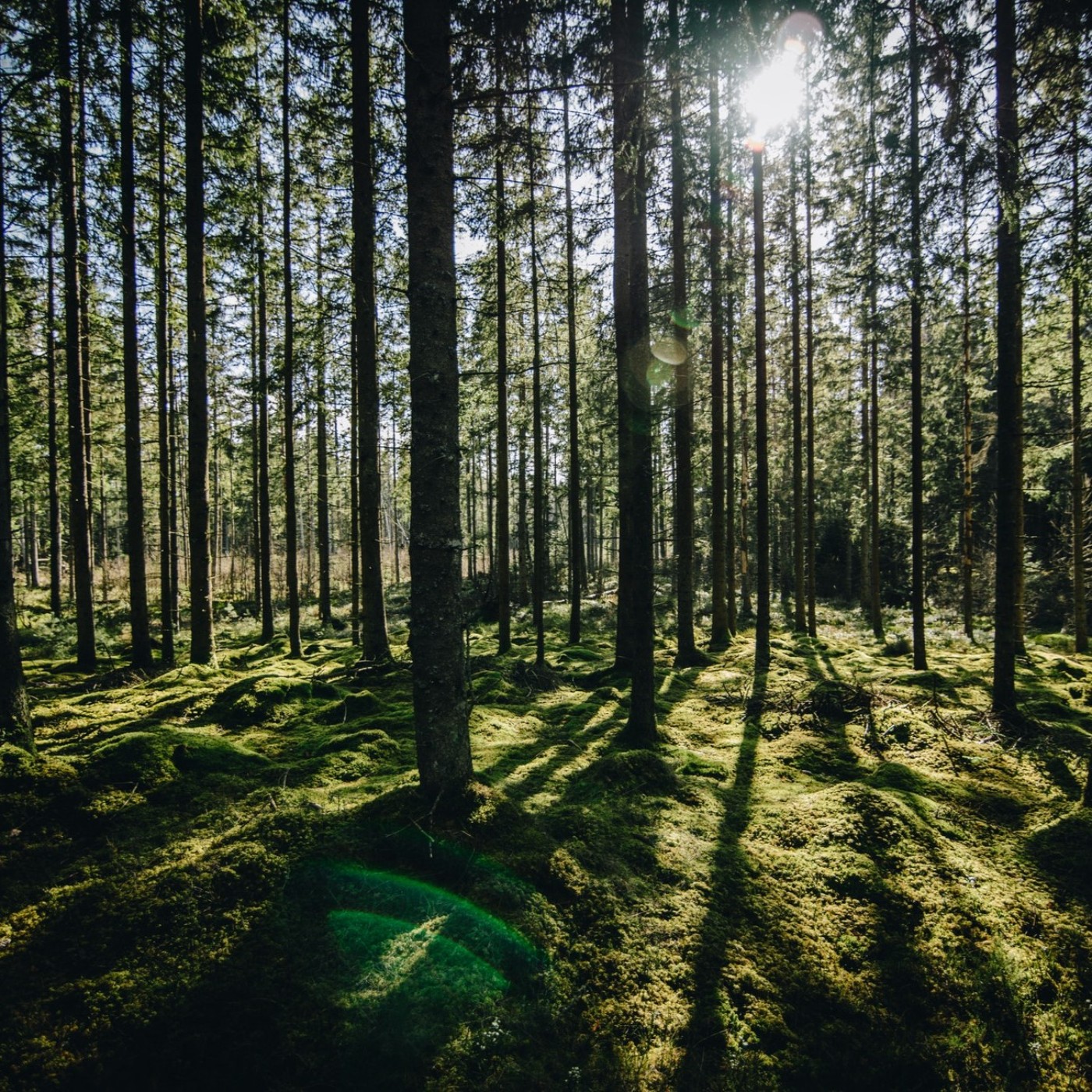
Shownotes Transcript
Many of us have heard about fire in the forest out west or somewhere else other than the northeast. The northeastern forest has been labeled the "Asbestos Forest" or one that doesn't include fire. But, has this always been the case? What positive role can fire play in New York State's forest? Andrew Vander Yacht will explain the historical role of fire in New York and how it might be used today.
Dr. Andrew (Andy) L. Vander Yacht is an Assistant Professor of Applied Forest and Fire Ecology in the Department of Sustainable Resources Management at SUNY ESF. He teaches silviculture, fire ecology and management, and forest management for wildlife. Broadly, his research program seeks to: 1) understand how disturbance, particularly fire, affects the structure, composition, health, and resiliency of temperate forested ecosystems, and 2) how this knowledge can inform modern forest management. Specifically, he works to advance silvicultural practices in NY and beyond as he explores historical disturbances in forests, plant-soil-fire feedbacks, forest carbon management, fuel ecology, pyric herbivory, the restoration of disturbance-dependent biodiversity, and fire effects on ticks and tick-borne disease.
Before SUNY ESF, Andy earned a B.S. in Biology at Hope College (Holland, MI), M.S. (Wildlife Science) and Ph.D. (Natural Resources) degrees from The University of Tennessee, and worked 4 years at Michigan State University.